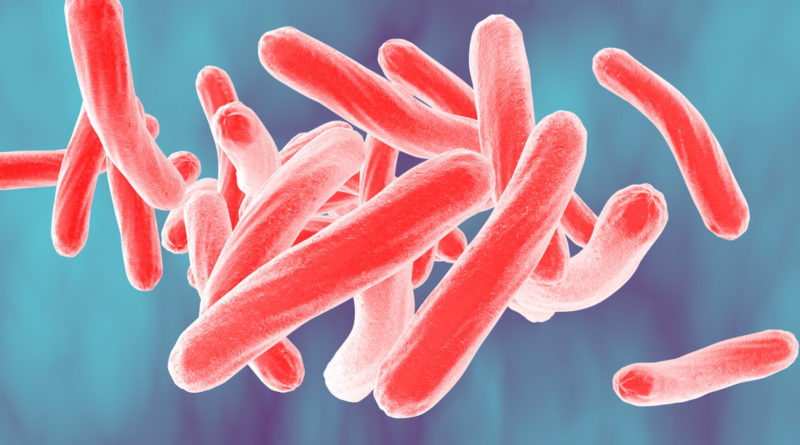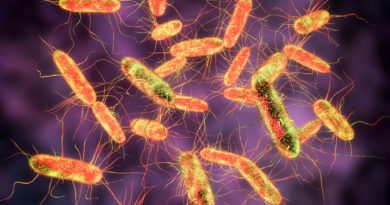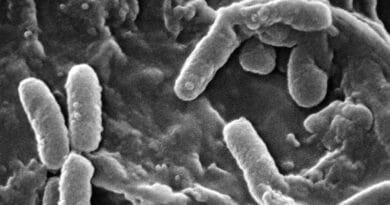Mycobacterium Tuberculosis
Mycobacteria are slender rods that sometimes show branching filamentous from resembling fungal mycelium. In liquid cultures they form a mold-like pellicle. Hence they are named ‘mycobacteria’, meaning fungus-like bacteria.
They do not stain readily, but once stained, resist decolorization with dilute mineral acids. So, they are called ‘acid fast bacilli’ or AFB.
They are aerobic, nonmotile, non capsulated and non sporing. Their growth is generally slow. The genus includes obligate parasites, opportunistic pathogens and saprophytes.
Morphology
M. tuberculosis is a straight or slightly curved rod, about 3 x 0.3 micrometer, occurring singly, in pairs or as small clumps. The size of mycobacteria depends on cultural conditions, and long filamentous, club shaped and branching forms may be sometimes seen. M. bovis is usually straighter, shorter and stouter.
Cultural Characteristics
The bacilli grow slowly, the generation time in vitro being 14 – 15 hours. Colonies appear in about two weeks and may sometimes take up to eight weeks. Its optimum temperature is 37 C. and growth does not occur below 25 C or above 40 C. optimum pH is 6.4 – 7.0.
M. tuberculosis is an obligate aerobe, while M. bovis is microaerophilic on primary isolation, becoming aerobic on subculture.
Tubercle bacilli do not have exacting growth requirements but are highly susceptible even to traces of toxic substances like fatty acids in culture media. The toxicity can be neutralized by adding serum albumin or charcoal.
Several media, both solid and liquid have been described for the cultivation of tubercle bacilli. The solid media contain egg (Lowenstein – Jensen, Petragnini, Dorset), blood (Tarshis), serum (Loeffler) or potato (Pawlowsky). The solid media most widely employed for routine culture is Lowenstein – Jensen (LJ) medium without starch, as recommended by the international union against tuberculosis (IUAT).
On solid media, M. tuberculosis forms dry, rough, raised, irregular colonies with a wrinkled surface. They are creamy white, becoming yellowish or buff colored on further incubation.
Resistance
Mycobacteria are not specially heat resistant, being killed at 60 C in 15 – 20 minutes. Survival is influenced by the material in which the bacteria are present. Culture of mycobacteria may be killed on the exposure of sunlight for two hours, but bacilli in sputum may remain alive for 20 – 30 hours. Bacilli in droplet nuclei may retain viability for 8 – 10 days under suitable conditions. Cultures of mycobacteria remains viable at room temperature for 6- 8 months and may be stored for pluto two years at -20 C.
Tubercle bacilli are relatively resistant to chemical disinfectants, surviving exposure to 5% phenol, 15% sulphuric acid, 3% nitric acid.
Mycobacteria are destroyed by tincture of iodine in five minutes and by 80% ethanol in 2 – 10 minutes. Ethanol is a suitable disinfectant for skin, gloves and clinical thermometers.
Pathogenesis
The source of infection is usually an open case of pulmonary tuberculosis. It is estimated that an open case of tuberculosis in India my infect on an average some 25 contacts before death or cure.
The mode of infection is by direct inhalation of aerosolized bacilli contained in droplet nuclei of expectorated sputum.
Coughing, sneezing and speaking release numerous droplets – as many as 3000 infectious nuclei per cough. Dried bacilli in dust are much less infectious. Spread occurs most often among household or other close and prolonged contacts.
Reference: The Text Book Of Microbiology



